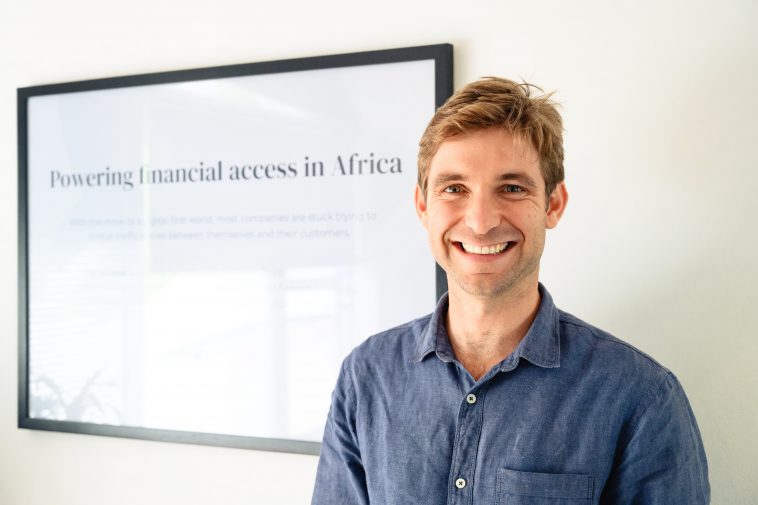In South Africa, where mobile connectivity serves as a vital link for communication and commerce, understanding the intricacies of mobile spending habits is essential for telcos, banks and retailers to effectively meet their customers’ needs. With the smartphone market rapidly expanding to 46.9 million users in 2024, there is an ever-increasing reliance on staying connected, so insights into mobile preferences offer a valuable glimpse into market trends.
Mobile Penetration and Airtime Purchasing Trends
By 2029, almost everyone in South Africa – 92% of the population – will use a mobile phone for their daily tasks.Currently, 27% of South Africans own smartphones, and at least one person in every household owns a cellphone. The total number of cellular mobile connections stands at 118.6 million, indicating widespread multi-device usage among South Africans.
Taking a closer look at the cost of data in South Africa, Africa Analysis notes an 88% decline in mobile data package prices since 2005. However, over the past two years, the median rate has remained stagnant, with only a 5.4% decrease. Despite thisdecline, South Africans should anticipate a potential increase in mobile data prices, which could lead to more disruptive innovations in the market.
Gathr, a KYC and digital onboarding solution, introduced a feature to assist clients in refining transaction categories. By analysing over 300 000 transactions, the tool gained insights into mobile data and airtime spending habits. South Africans allocate just over 1% of their salaries to mobile data, with an average basket size sitting at R 132.
Notably, popular purchasing dates align with salary cycles, primarily on the 2nd, 25th, 26th, 28th, and 30th of each month. The average mobile contract purchase amounts to around R900, representing a significant portion of consumers’ incomes.
Breakdown per mobile provider
When analysing the spending habits across South Africa’s top four mobile providers, it’s evident that consumers allocate the highest portion of their budget to Telkom data and airtime, averaging a basket size of R153.
In contrast, MTN records the lowest spending, averaging R98 per basket. However, it’s essential to note that this doesn’t necessarily imply that Telkom’s data packages are pricier in terms of value for money. In fact, Telkom offers one of the more cost-effective options, providing 1GB for R79, compared to MTN, Cell C, and Vodacom, which hover around R85 for the same data volume.
Bank facilitation
How do banks contribute to mobile connectivity? Banks have integrated mobile data purchases into their apps, making it more convenient and cost-effective for users. Instead of visiting your nearest spaza shop or a network provider’s branch, users can quickly top up their accounts directly from their banking app.
Additionally, banks like Capitec, FNB, and Standard Bank are offering their own prepaid plans and contracts through their mobile apps. These services disrupt the traditional model by providing banking clients with connectivity options within their banking network. For instance, Capitec Connect offers competitive pricing at R4.50 per 100 Megabytes or R45 per Gigabyte, which is about 50% below market rates. Capitec Connect operates on the Cell C network, the same as FNB Connect, while Standard Bank Mobile utilizes both Cell C and MTN networks.
Emerging Trends & Disrupters
The mobile connectivity landscape in South Africa is undergoing continual transformation, spurred by economic shifts and technological progress. A prominent trend is the increasing favour for WiFi connectivity in rural regions compared to conventional mobile data options.
This shift is facilitated by the emergence of cost-effective fibre solutions like fiber time. According to Alan Knott-Craig, founder of fiber time “our solution enables lower LSM communities to enjoy improved access to education, entertainment, and healthcare services. Our pay-as-you-go internet model, allows rural South Africans access to 100mps fiber internet for just R5, providing 24 hours of connectivity at a significantly lower cost compared to other providers in the country.”
Additionally, the emergence of no-data apps is reshaping the way South Africans access digital services. These apps, which offer functionality without consuming mobile data, cater to users looking for cost-effective alternatives. This trend underscores the importance of affordability and accessibility in the mobile market.
Understanding South Africa’s mobile spending habits is crucial for telcos, banks, tech companies, and policymakers. By leveraging these insights, stakeholders can tailor solutions more effectively, ensuring that the benefits of connectivity reach all corners of South Africa’s diverse digital ecosystem.



